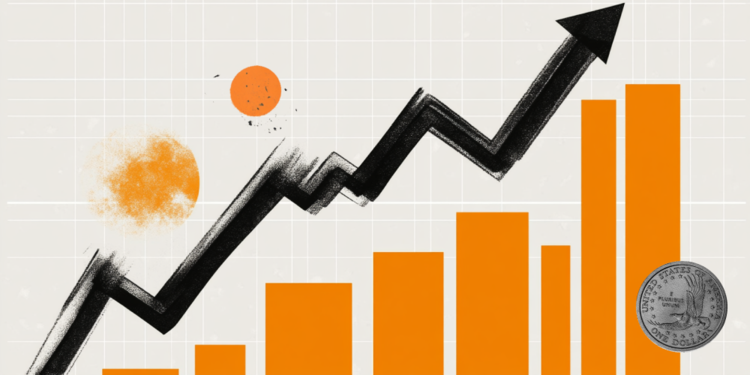- Lingering economic uncertainties drive traders to revisit growth forecasts, spurring cautious positioning across major currency pairs.
- Softer-than-forecast inflation prints spark questions over the Federal Reserve’s next move, compelling markets to reassess rate expectations.
- Benchmark Treasury yields tumble from recent peaks, highlighting market jitters following the latest inflation figures.
The US Dollar (DXY) turns this week into a firm loss, eking out more weakness on Wednesday. The US December CPI release arrived a bit softer than predicted, fueling speculation about the Fed’s path ahead. The US Dollar Index, which measures the value of the USD against a basket of currencies, snaps below 109.00 and could accelerate its downside from here.
Daily digest market movers: US Dollar remains soft after CPI data
- Headline CPI for December climbed by 2.9% YoY, undershooting some market whispers of a stronger result.
- Core CPI rose by 3.2% over the same period, stepping down from November’s pace as monthly core inflation printed at 0.2%.
- The CME FedWatch Tool implies that investors have priced in a hold this month, consistent with a data-dependent stance.
- Yields crumble: The 10-year note slips to around 4.65% from Monday’s 14-month high, reflecting diminished inflation expectations and lighter risk premium.
- Regional surveys point to mixed economic activity with some districts reporting subdued expansion while others see a mild pullback.
- Tariff talk remains a wildcard as some districts worry new policy changes might introduce an upside inflation risk, complicating the Fed’s job.
DXY technical outlook: Mild setback near multi-year highs
The US Dollar Index slid below the 109.00 threshold as traders locked in gains following softer inflation readings. Despite the pullback, the broader uptrend remains intact near multi-year peaks with the 20-day Simple Moving Average repelling sellers.
Inflation FAQs
Inflation measures the rise in the price of a representative basket of goods and services. Headline inflation is usually expressed as a percentage change on a month-on-month (MoM) and year-on-year (YoY) basis. Core inflation excludes more volatile elements such as food and fuel which can fluctuate because of geopolitical and seasonal factors. Core inflation is the figure economists focus on and is the level targeted by central banks, which are mandated to keep inflation at a manageable level, usually around 2%.
The Consumer Price Index (CPI) measures the change in prices of a basket of goods and services over a period of time. It is usually expressed as a percentage change on a month-on-month (MoM) and year-on-year (YoY) basis. Core CPI is the figure targeted by central banks as it excludes volatile food and fuel inputs. When Core CPI rises above 2% it usually results in higher interest rates and vice versa when it falls below 2%. Since higher interest rates are positive for a currency, higher inflation usually results in a stronger currency. The opposite is true when inflation falls.
Although it may seem counter-intuitive, high inflation in a country pushes up the value of its currency and vice versa for lower inflation. This is because the central bank will normally raise interest rates to combat the higher inflation, which attract more global capital inflows from investors looking for a lucrative place to park their money.
Formerly, Gold was the asset investors turned to in times of high inflation because it preserved its value, and whilst investors will often still buy Gold for its safe-haven properties in times of extreme market turmoil, this is not the case most of the time. This is because when inflation is high, central banks will put up interest rates to combat it. Higher interest rates are negative for Gold because they increase the opportunity-cost of holding Gold vis-a-vis an interest-bearing asset or placing the money in a cash deposit account. On the flipside, lower inflation tends to be positive for Gold as it brings interest rates down, making the bright metal a more viable investment alternative.
Read the full article here

